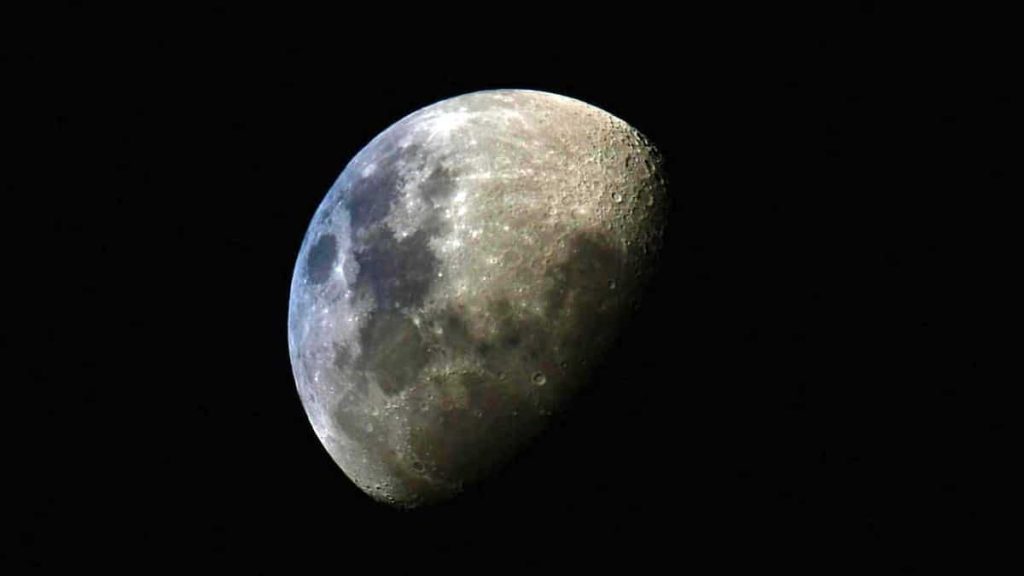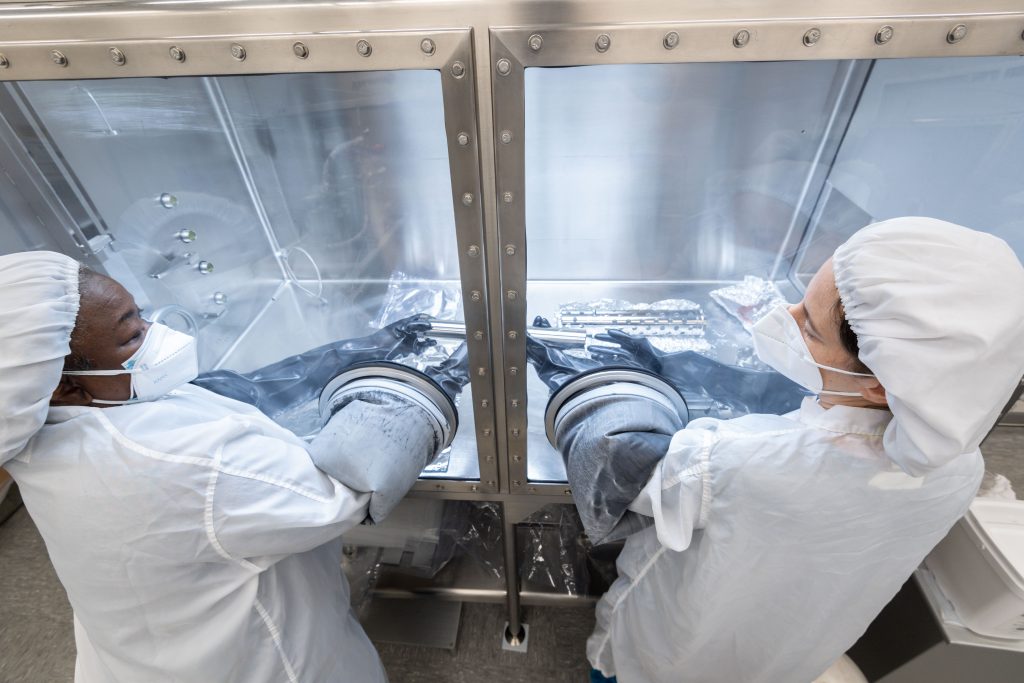With the manned missions of the Artemis program approaching, the US space agency (NASA) decided to open the last sealed sample of the moon, which was returned to Earth during the Apollo program. The sample in question is about 50 years old and its study will seek to update the knowledge we have about our natural satellite.
The sample opening was coordinated by ARES (Scientific Division for Exploration and Research in Astronomical Materials), a NASA area specifically dedicated to the conservation and storage of materials that come from space — whether by natural action, such as meteorites, that have already touched Earth. Or human, such as sample collection performed by robotic devices.
Read also
Understanding the geological history and evolution of a lunar sample at landing sites [Programa] “Apollo will help us prepare for the kinds of specimens we might encounter during Artemis,” said Thomas Zurbuchen, associate administrator for NASA’s Science Mission Directorate in Washington. Artemis wants to recover cold, sealed samples from the moon’s south pole. This is an exciting educational opportunity to understand the tools needed to collect, transport, analyze and store these samples on Earth for future generations of scientists.
The sample in question is named ANGSA 73001 It traveled to Earth after being picked up by the crew of the Apollo 17 mission – the last program astronauts walked on the Moon (specifically, Commander Eugene Cernan and Lunar Module pioneer Harrison Schmidt), in 1972. The mission also shut down the Apollo program, whose management chose to keep Some of the boxes are closed.
“The agency knew that science and technology would advance and allow scientists to study materials in new ways, answering questions that would emerge in the future,” said Laurie Glaese, director of NASA’s Planetary Science Division. The ANGSA Initiative is designed to test these specially sealed and stored specimens. »
Two samples returned from this flight, 73001 being the only one that was vacuum-sealed. The other – 73002 – opened in 2019.
However, the sealed sample was extremely cold when it was taken. Because it is vacuum sealed, it is likely that many volatiles that evaporate can be kept at room temperature – such as frozen water or carbon dioxide. Not to mention the gas scientists hope to find:
Perhaps the amount of gas that should be present in the sealed Apollo sample is too small. If scientists can carefully extract these gases, they can be analyzed and identified using spectrophotometry technology. “Not only will this improve measurements, but it also means that the collected gas can be broken down into smaller parts and shared with different researchers conducting different types of lunar sciences.”
Contrary to popular belief, it’s not a quick process – so much so that NASA only launched it now, but it actually started on February 11 of this year, with the opening of the outer space.
We still have some time for the full review to come out. NASA expects the lunar soil sample to arrive in North American spring — which begins on March 20 and ends in late June.
Have you seen our new videos on Youtube? Subscribe to our channel!

“Music guru. Incurable web practitioner. Thinker. Lifelong zombie junkie. Tv buff. Typical organizer. Evil beer scholar.”







More Stories
A large manufacturing project awaits space in the industrial zone
According to science, here are officially the two most beautiful first names in the world
Green space, 100% pedestrianized: DIX30 reinvents itself